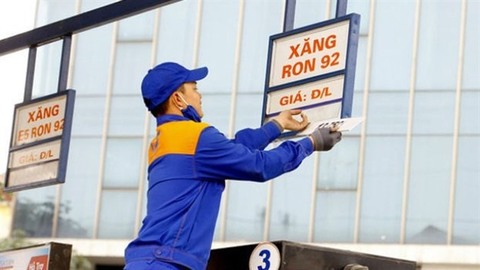Rubber exports surge by 22%
Rubber exports surge by 22%
Cambodian rubber exports surged 22 per cent during the first nine months of the year, compared to the same period last year, figures from the Ministry of Agriculture said.
Local producers exported 140,303 tonnes of rubber during the period – an increase of 25,240 tonnes compared to a year earlier, said Pol Sopha, the director-general of the Rubber Department at the Ministry of Agriculture.
He said the price of rubber continued to decrease, with the median export price of natural rubber falling 18 per cent year-on-year to $1,368 per tonne.
It also decreased from $1,434 per tonne in the first half this year, while the increase in exports is due to the higher production of the country’s produce.
However, Sopha expects that the price will increase in the next few years depending on the international market.
“Due to the international market price projection, the price of rubber will increase in the next few years.
“The price is currently even lower than last year but has still not hurt the agricultural industry, where the rubber families are still profiting. Rubber is still a potential crop in Cambodia and not much riskier than other [crops],” he said.
Sopha said total rubber cultivation will reach a peak of 450,000ha in 2025. Cambodia now has a total of 427,000ha of rubber plantations, of which 201,000ha is mature.
He said the government is considering helping on tax payment facilities to assist local producers and exporters.
Association for Rubber Development of Cambodia president Men Sopheak said the current price is not profitable for producers.
“There is no choice. Rubber needs to be sold, no matter what the price, since there are no factories [in the Kingdom] to produce [rubber products]. This price returns production costs, but it is not profitable yet for investment cost and is a loss for opportunity cost,” he said.
The Kingdom’s industry also suffers from widespread smuggling across the Vietnamese border, crippling potential profits from the booming industry.
Cambodia generated about $300 million in revenue by exporting nearly 189,000 tonnes of rubber last year, said the ministry’s report. The revenue boost was also helped by a 24 per cent increase in the average price per tonne – up to $1,586 last year – compared to $1,283 in 2016.
Memot Family Rubber Development Cooperative president Um Yin said that the current price was survivable but does not yield much profit.
“We can only handle production within labour costs. It is not much profit for us. The price only allows us to survive. We also have no choice besides being rubber growers,” he said.














